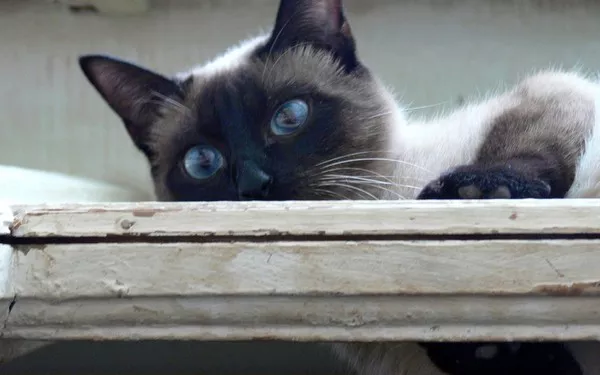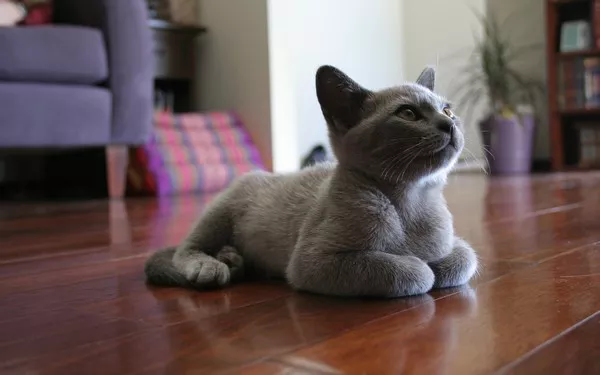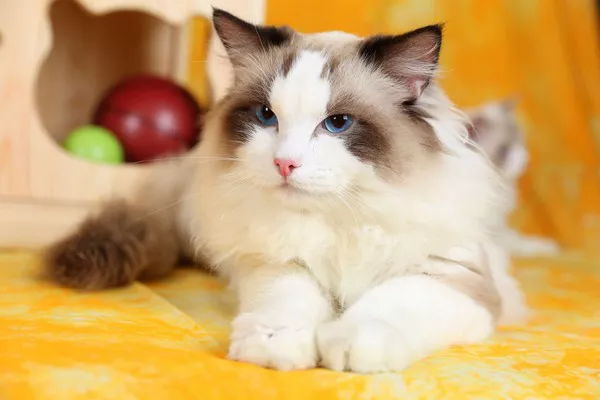In the 1960s, a peculiar form of interspecies mingling took root in the animal kingdom. Wildcats and domestic cats, who had maintained their distance for nearly two millennia, commenced interbreeding, according to a recent study. While this union may have initially offered some protection against diseases borne by domestic felines, it now poses a significant threat to the survival of wildcats as a distinct species.
The study delves into the ongoing hybridization of wild and domestic cats, particularly impacting the Scottish wildcat population, pushing it to the precipice of extinction. The unique genes that characterize these wildcats are being “swamped” by those inherited from hybrid and domestic cats.
Domestic cats are believed to have evolved from Near Eastern wildcats that roamed the Fertile Crescent of the Middle East over two millennia ago when early human farmers began storing grains. They made their way to Britain, where European wildcats also resided, around 2,200 years ago.
Hybridization between wild and domestic cats is now erasing the distinctive genetic markers of the Scottish wildcats. This raises concerns that they might be replaced by hybrid and feral domestic cats less adapted for their environment and ecological roles.
Jo Howard-McCombe from the University of Bristol and the Royal Zoological Society of Scotland stated, “Not only are we at risk of losing a species from Britain, we’re potentially replacing it with hybrid and feral domestic cats that may not be as well adapted and may not perform the same ecological role in their habitat. It is important to understand the history of this process so that we can be better informed to manage that threat into the future.”
To determine when this interbreeding began, researchers analyzed genomic sequences from wild and domestic cats, including 48 modern felines and 258 ancient samples unearthed from 85 archaeological sites spanning the past 8,500 years.
Their findings, published in Current Biology, indicated that these creatures largely refrained from interbreeding until the late 1950s when the rates of hybridization between wild and domestic cats in Scotland surged, likely due to declining wildcat populations.
Prof Greger Larson from the University of Oxford, a contributor to the research, explained, “If you have a population of wildcats that’s being completely eradicated, those that are left are going to want to mate with something, and if the only thing that’s around is domestic cats, that’s probably what they’re going to choose.”
In the short term, such hybridization might have provided benefits to their offspring, as domestic cats carry diseases that can also affect wildcats, and many of the genes that have accumulated in hybrid cats relate to immune system function. Nevertheless, the long-term consequence may entail the disappearance of European wildcats from Scotland and other regions.
Currently, no wild-living or captive Scottish wildcat is believed to be entirely free of domestic cat ancestry. However, the descendants of a captive breeding program initiated by RZSS during the 1960s may be the closest thing to a pure breed. Nineteen of these wildcats were recently released into a pine forest in the Scottish Highlands as part of a project to rescue the species.
To enhance their chances of survival, Howard-McCombe advises local cat owners living in proximity to the wildcats to get their pets neutered and vaccinated against common diseases.
























